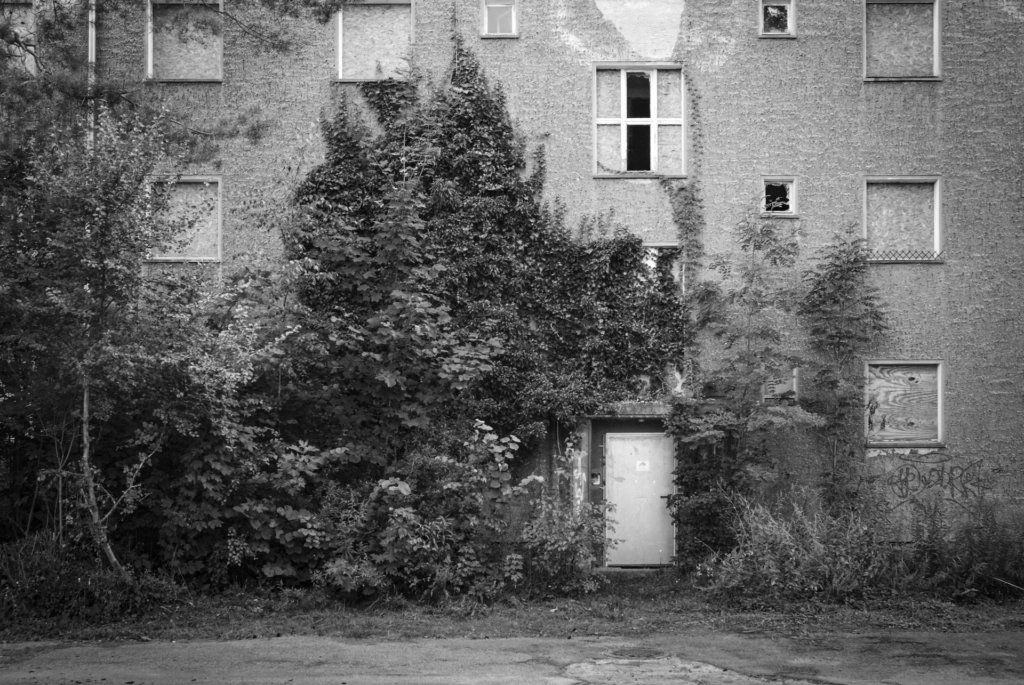… in a town of real existing socialism 30 years after its demise
‘Hütte’ (acronym for ironworks), as the town on the west bank of the Oder is affectionately known by its inhabitants, was built at the beginning of the 50s of the last century as a socialist planned city and is today the largest surface monument in Germany.
The construction of Eisenhüttenstadt goes back to a decision of the 3rd Party Congress of the SED in 1950, which provided for the construction of an ironworks and an associated socialist residential town near Fürstenberg on the Oder river. In the same year, the ground was broken for the factory and the city.
Built in the style of socialist classicism, it was initially part of Fürstenberg, but was dissolved in 1953. The planned designation after Karl Marx was rejected after the death Stalin in its favor. Until 1961 the town was officially called Stalinstadt, in the vernacular also ‘Schrottgorod’. In the course of de-Stalinization, it was renamed Eisenhüttenstadt.

Built in the style of socialist classicism, it was initially part of Fürstenberg, but was dissolved in 1953. The planned designation after Karl Marx was rejected after the death Stalin in its favor. Until 1961 the town was officially called Stalinstadt, in the vernacular also ‘Schrottgorod’. In the course of de-Stalinization, it was renamed Eisenhüttenstadt.
The population increased steadily until the end of the 80s and reached 53,000 inhabitants. The steelworks employed up to 16,000 people. The political end of the GDR was followed by the economic decline of the East German Steelworks, which was no match for Western competition. The threatening end of the work would probably have meant the end of the city. Therefore, it was a political decision to subsidize the privatization with, among other things, EU funds. Today, the plant belongs to the ArcelorMittal Group and still employs 2,500 people.
The shrinkage of the city, which began in 1990 as a continuous process, was only slightly dampened. By 2018, Eisenhüttenstadt has lost a good half of its population.
The visit to the city, which resembles a journey through time, conveys a peculiar mood: streets, squares and many buildings appear oversized, measured by the current conditions. Buildings from recent times are missing almost completely, because there is simply no need for it. The city seems strangely empty and inanimate – right in the center, no wonder, if half of the original inhabitants are missing.

The renovation in the urban core area has made great progress, so that individual buildings with uncertain future become particularly obvious. Suddenly you also get into areas of the city, which are characterized by vacancy and demolition. Hard to say what future the city is imminent, beyond which as a monument to socialist urban planning and architecture.

